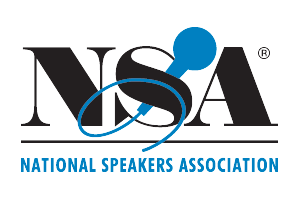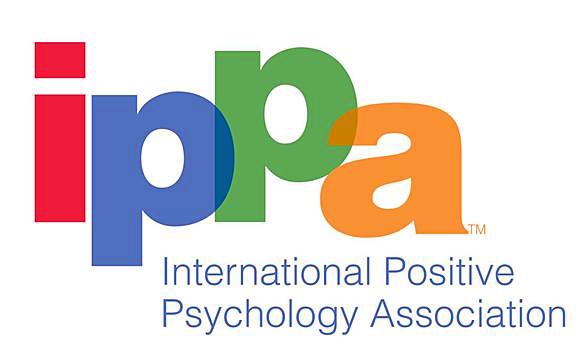
For years I’ve been doing this interesting little class exercise, and as I’m teaching a two-day class in Dallas this week I was reminded once again of how telling it is. Here’s what happens. I pair people up and one person turns to face a partner. The partner is looking at a set of random geometric forms I’ve drawn, and has to describe these forms to a partner (who cannot see what he/she has to draw), with a specified amount of time to finish. Easy, right? You’d think, but almost never do the people end up with a drawing that matches what is being explained. And yesterday one person had to work with two people. Even listening to the same person, the pair came up with two drawings that were radically different. The point, which my class found fascinating, what we think we’re explaining, what we see that is absolutely crystal clear, isn’t so to another person.
Example, there are two triangles facing apart. What would you draw? Half the time people draw them incorrectly; sometimes they are described as elevator buttons or remote controls or just triangles. Explanations can be incredibly strange, so it’s a wonder much of the time that anything comes out right. Yesterday a squiggly line became the frosting on top of a hostess cupcake, and amazingly his partner got it. Apparently he knew what she would understand, and it worked.
Communication is messy, complicated and an on-going endeavor if we want to get it right. George Bernard Shaw reminded us “The biggest problem with communication is the illusion it has taken place.” Think about it the next time you’re explaining something to someone that seems as plain as the nose on your face. That’s only your perspective.


